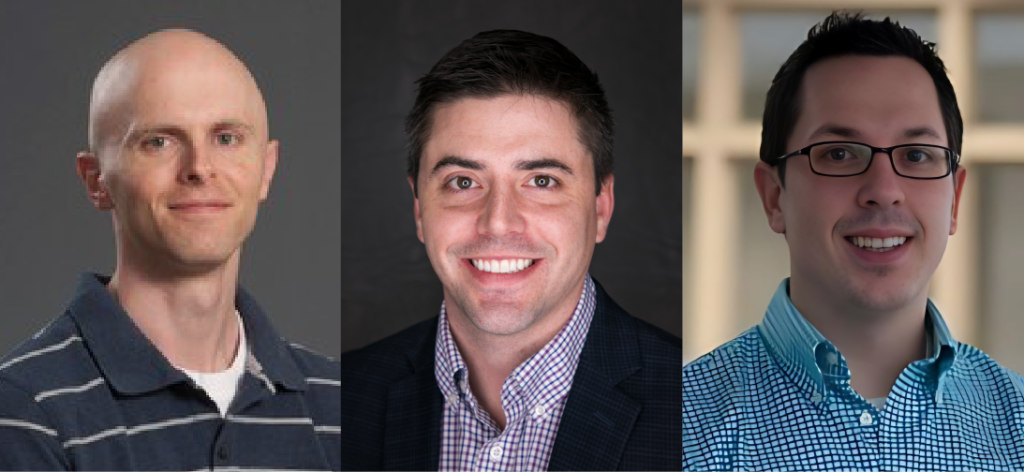An international group of researchers has collaborated to create the updated 2024 Compendium of Physical Activities. The Compendium of Physical Activities is a fundamental physical activity and health resource that offers standardized measurements and classifications of specific physical activities, so researchers and health professionals can assess the energy expenditure and health benefits associated with different activities. A significant advancement for public health and fitness, this comprehensive guide is the most authoritative and up-to-date resource for health professionals, fitness enthusiasts, and researchers interested in the quantitative assessment of physical activity.

The Compendium of Physical Activities was first developed in 1993. Since its development, it has been led by Dr. Barbara Ainsworth (Shanghai University of Sport, China) and has undergone two series of updates and revisions in 2000 and 2011.
Drs. Scott Conger (Boise State University), Steve Herrmann (University of Kansas Medical Center), and Erik Willis (University of North Carolina at Chapel Hill) lead the third series of updates to create the 2024 Compendium of Physical Activities. Ainsworth provided her experience in maintaining the continuity of the Compendium updates and creation of the older adult compendium.
“With this new update, I am thrilled to pass the torch to a new generation of talented physical activity experts and researchers that will continue to protect and build upon this valuable resource,” Ainsworth said.

The recently published supplement in the Journal of Sport and Health Science unveils five articles highlighting significant updates to the 2024 Compendium of Physical Activities. Notable additions encompass over 300 new activities, meticulous adjustments to the Metabolic Equivalent of Task (MET) values for accurate caloric expenditure calculations, and the creation of specialized compendiums for older adults and wheelchair users. These revisions are designed to improve precision and expand the range of activities available for integration into fitness apps and wearable technology.
“The Compendium of Physical Activities has long been a cornerstone resource for measuring physical activity intensity levels and understanding their health implications,” Herrmann said. “The 2024 update reaffirms our commitment to providing the most current and practical information for effective physical activity assessment.”
“Providing a comprehensive list of activities for wheelchair users is an important step in promoting inclusive physical activity and recognizing the unique differences in metabolism and activities,” Conger said.
Willis is a research scientist with the UNC Center for Health Promotion and Disease Prevention (HPDP) and director of the Children’s Healthy Weight Research Group. His research aims to understand the beneficial effects of physical activity, weight loss, and decreasing sedentary time on a variety of health outcomes in children and adults. Willis specifically led the development of the older adult compendium, “Older adult compendium of physical activities: Energy costs of human activities in adults aged 60 and older.”
“A significant new addition to the 2024 Compendium is a Compendium specifically developed for adults over the age of 60,” Willis said. “This tailored addition acknowledges the distinct needs of older individuals, offering a valuable resource to enhance comprehension of activity intensity levels and their implications for health in this population.”
The 2024 Compendium of Physical Activities is available in a special supplement of the Journal of Sports and Health Science and additional information and resources are available at https://pacompendium.com/. Articles included in the supplement can also be individually downloaded by following the links below:
- The 2024 Compendium of Physical Activities and its expansion Stephen D. Herrmann, Erik A. Willis, Barbara E. Ainsworth
- A brief history of the Compendium of Physical Activities Barbara E. Ainsworth, Stephen D. Herrmann, David R. Jacobs Jr., Melicia C. Whitt-Glover, Catrine Tudor-Locke
- 2024 Adult Compendium of Physical Activities: A third update of the energy costs of human activities Stephen D. Herrmann, Erik A. Willis, Barbara E. Ainsworth, Tiago V. Barreira, Mary Hastert, Chelsea L. Kracht, John M. Schuna Jr., Zhenghui Cai, Minghui Quan, Catrine Tudor-Locke, Melicia C. Whitt-Glover, David R. Jacobs Jr.
- Older Adult Compendium of Physical Activities: Energy costs of human activities in adults aged 60 and older Erik A. Willis, Stephen D. Herrmann, Mary Hastert, Chelsea L. Kracht, Tiago V. Barreira, John M. Schuna Jr., Zhenghua Cai, Minghui Quan, Scott A. Conger, Wendy J. Brown, Barbara E. Ainsworth
- 2024 Wheelchair Compendium of Physical Activities: An update of activity codes and energy expenditure values Scott A. Conger, Stephen D. Herrmann, Erik A. Willis, Tom E. Nightingale, Joseph R. Sherman, Barbara E. Ainsworth
Erik Willis, PhD, joined HPDP in 2019 as a research scientist with the Go NAPSACC project, part of the Children’s Healthy Weight Research Group. Prior to joining HPDP, he received his doctorate in exercise physiology from the University of Kansas and a Master of Public Health in epidemiology and biostatistics from Yale University and completed a postdoctoral fellowship with the National Cancer Institute.
